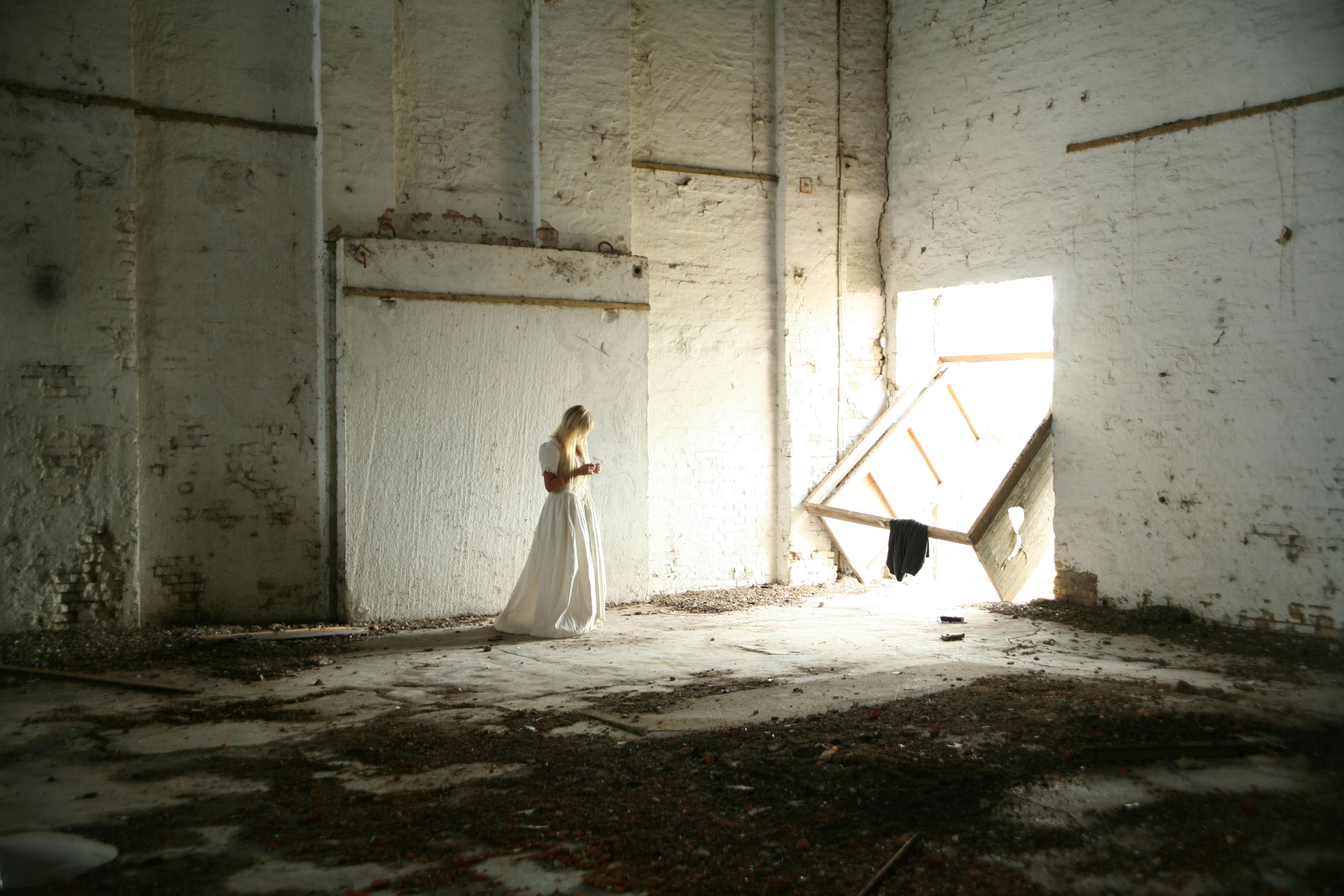Before the 1950s, the standard construction method was the balloon frame of new homes, until the advent of the platform frame. The platform structure is a safer, faster and more profitable method than the balloon structure. That said, balloon framing still has many effective uses in modern house framing that can be incorporated with platform framing for a safer, stronger, and more cost-effective home.
The balloon frame originated in Chicago in the early 1830s and replaced the earlier mortise-and-tenon method of construction. The name originated from the old mortise and tenon woodworkers when they first saw the framing method in use. With the long, thin framing members being used and held together with just nails, they figured it would probably blow away in the next strong wind like a balloon. The name caught on and has endured to this day.
Disadvantages
- Balloon-framed gable walls are very tall, typically eighteen feet or more above ground level. This additional height requires the use of scaffolding for carpenters, electricians, plumbers, HVAC, drywall installers, painters, and trim carpenters, resulting in higher labor costs.
- Fire can travel up the stud bay as in a chimney, to mitigate the risk of fire, blockages should be installed at each roof and floor level.
- The required use of longer studs increases the cost per linear foot, resulting in even higher expenses.
- These walls can be very heavy and dangerous, even life-threatening, and their lifting requires the use of proper lifting equipment and highly trained personnel. OSHA has clearly defined the dangers of manually erecting balloon-framed walls.
Advantage
- Longer studs better resist wind loads and help reduce drywall cracking and nailing.
- Very large windows with rounded, arched, or angled tops can be installed to enhance the aesthetic appeal of the home.
- Ability to build a tall chimney.
- Open two story home.
- Good room.
When considering the use of balloon frames to enhance the look and livability of your new home, the pros and cons should be carefully weighed.



